When considering how Atlantis looked, we can combine Plato’s description, the psychic readings of Edgar Cayce, and study the descendent cultures of Atlantis, to attempt to answer the question: what did Atlantis look like?
Atlantis was civilization that made extensive use of water for transportation and aesthetic urban planning, and had technology such as cell phones and helicopters. Their cities resembled those seen in ancient Greece, featuring temples and palaces. Ethnically and culturally the people looked the Mayan people mixed with the ancient Egyptians.

Quick Recap of Atlantis
Atlantis was a civilization that existed in prehistoric times, and was highly spiritually and technologically advanced. Written about by Plato in 360 BC, it is considered a myth by orthodox researchers, although the idea that it was in fact real persists amongst many. The civilization came to an abrupt end after internal fighting and a series of cataclysmic natural events. Further details of its existence later came from the American psychic Edgar Cayce. In a series of psychic readings which he conducted between 1923 and 1944, he described advanced technology being used, as well as many other details. Read more about Edgar Cayce’s description of Atlantis here.
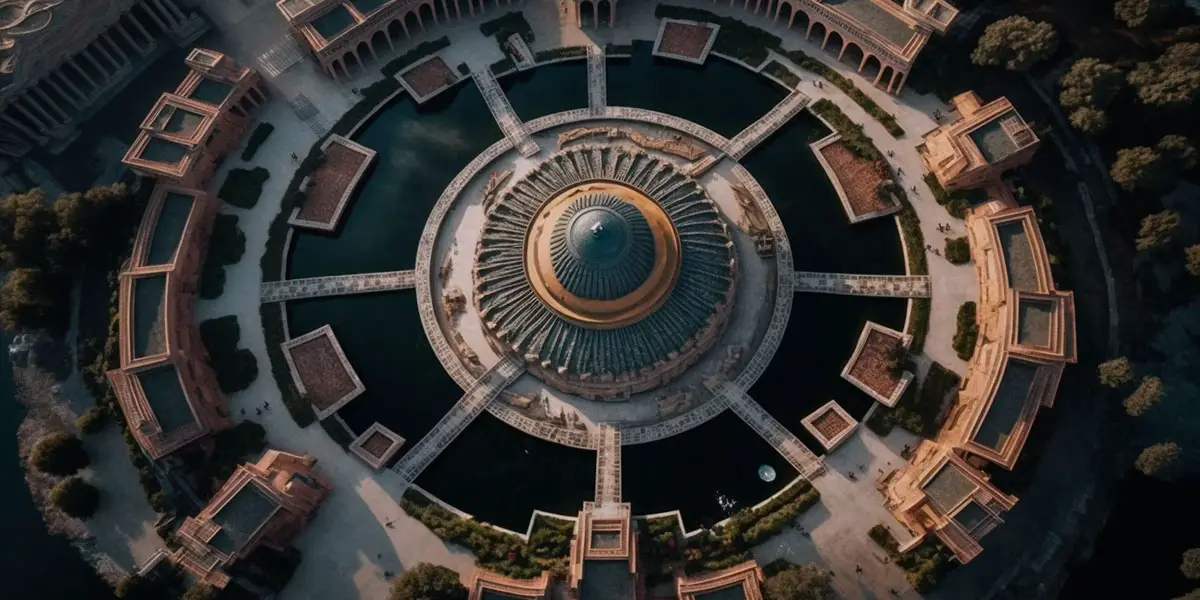
The Civilization Was Built on a Series of Concentric Circles
In the Socratic dialogues in which Plato described Atlantis, we learned that Atlantis was built on concentric circles. The water ways in between the islands were used for transportation.
There were Many Temples, Palaces, and Statues
According to the description of Atlantis in Timaeus and Critias, the two books Plato wrote that describe Atlantis, there were gardens with hot and cold springs, as well as places for exercise, public baths, and a track for horse-racing. In the centre of the islands was where the government and military had their headquarters, as well as where the palaces that the ruling class lived in, and temples dedicated to the gods they worshipped.
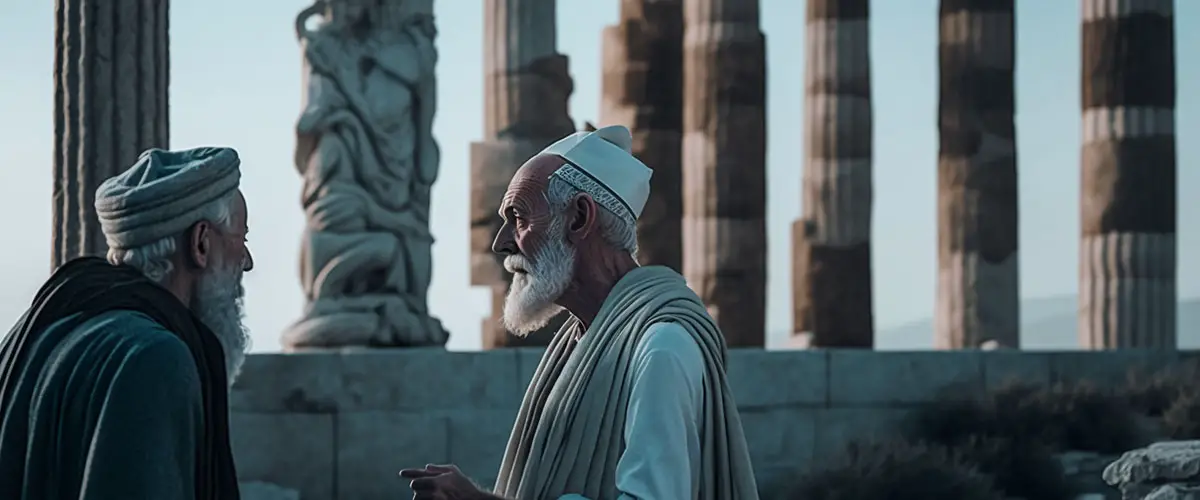
The Temple of Poseidon Was in the Center of Atlantis
The temple of Poseidon was the most important sacred place in Atlantis, where through an oracle the Atlanteans would receive knowledge from Poseidon. The Atlanteans would receive energetic activations to sustain their high level of energetic vibration, the health of their energetic fields, and keep their chakras balanced and open.
The temple of Poseidon was covered in silver, with gold highlights. Inside the temple was made of ivory, gold, and silver. Within the temple was a huge statue of Poseidon standing in a chariot drawn by six winged horses, surrounded by fifty nereids (female spirits of the sea) riding dolphins. Outside the temple were gold statues of the first ten kings and their wives. In recent times, Poseidon has been portrayed as the king of Atlantis in popular culture, although this is not historically accurate. You can read about if Poseidon was the king of Atlantis here.
Within Atlantis there were ten different kingdoms, one for each of Poseidon’s sons. They each operated autonomously but they followed a code which had been engraved on a column inside the temple of Poseidon. At alternating intervals of five and six years the kings would visit the temple to renew their oath of loyalty to the sacred code. The ceremony involved making a sacrifice, and special robes were worn. They would write their oath on gold tablets, and vowed to never fight amongst themselves, and also to assists their fellow kingdoms should the need arise.
Interpretations of Plato’s writing on Atlantis are split, with some taking it to be a literal description of a real place, while the majority see his writing as being a fictional story in which Plato intended to make a philosophical statement.
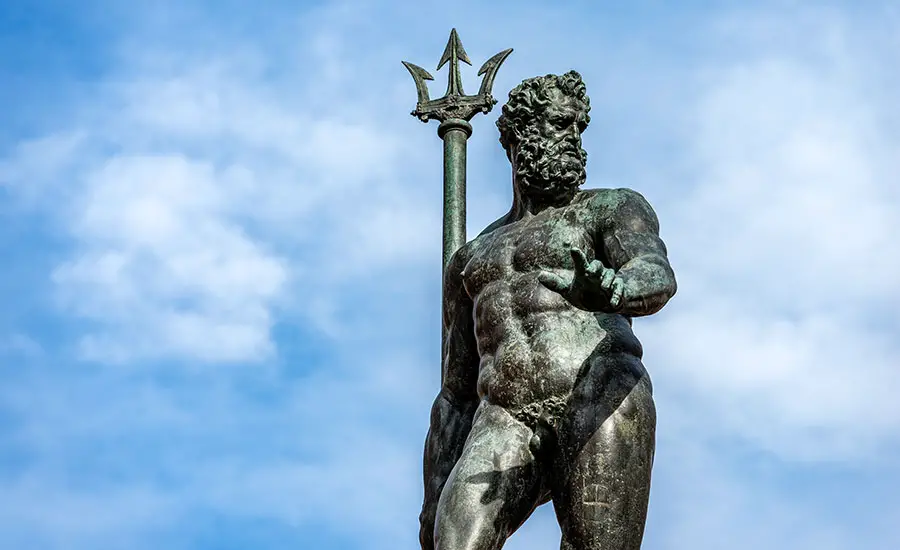 Poseidon, depicted as Neptunes during Roman times.
Poseidon, depicted as Neptunes during Roman times.
The Atlanteans Used Bricks that were Red, White, and Black
They would mine and produce bricks in these three colors, which would sometimes be covered in brass. This comes from Plato’s description of Atlantis.

Atlantis Possessed Air Craft Technology
Plato suggested that the Atlanteans had sophisticated technology, and then in the 20th century the psychic readings corroborated this idea. Reading in the decades just prior to the development of much of our modern technology, Cayce described the Atlanteans as having sophisticated aircraft technology, as well as for communication, and power generation. For example, in one of the many references to advanced technology, Cayce stated:
“In days when the peoples of nations gathered together to defend themselves against fowls of air and beasts of the fields, came to meeting in lighter-than-air machines.”

Elements of Atlantean Culture were Inherited in Mayan and Egyptian Cultures
When Atlantis experienced the natural disasters that eventually destroyed it, many of them know the disasters were coming ahead of time, and were able to escape. Some moved to Egypt, while others moved to south and central America. In both cases they brought the culture, customs, and traditions with them. By comparing Egyptian culture with Mayan culture from the Yucatan region of Mexico, and finding commonalities, we can get a glimpse into some of the aesthetics of the early shared parent culture from which they both descended. Edgar Cayce described this process of cultural export:
“The first of the eruptions that awoke from the depth of the slow cooling earth, and that portion now near what would be termed the Sargasso Sea first went into the depths. With this there again came that egress of peoples that aided, or attempted to assume control, yet carrying with them all those forms of Amilius that he gained through that as for signs, for seasons, for days, for years. Hence we find in those various portions of the world even in the present day, some form of that as was presented by those peoples in that great development in this, the eden of the world …that as for signs, for seasons, for days, for years.” (Edgar Cayce Readings 364-4)
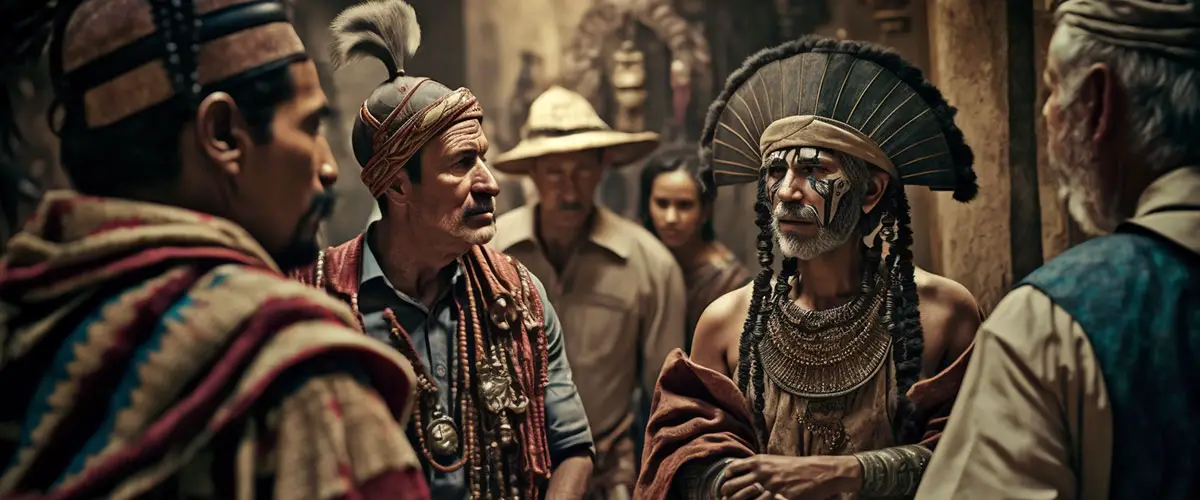
Atlantis Has Been Depicted In Paintings for Thousands of Years
Atlantis has fascinated people since at least when Plato described it in 363 B.C. It has often become synonymous with the idea of utopia. Some of the most famous depictions include the followings paintings:
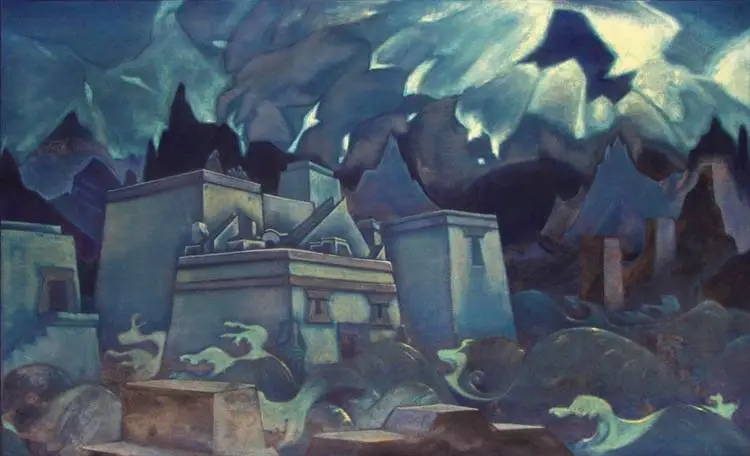

Recommended Reading
If you want to continue exploring the subject of Atlantis more deeply, you can see which books I recommend by clicking here.
